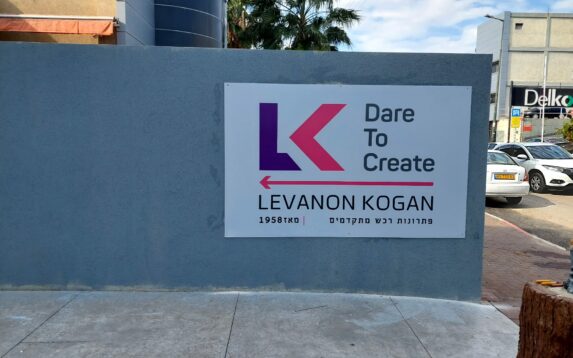
How do we streamline Assurance of Supply? How do we make sure all suppliers deliver the goods on time, without adding further costs? How do we do these things for a company that is accustomed to managing its own procurement processes? Here's how a series of small changes made a big difference:
The Company: A leading Israeli security hi-tech company
The Task: Improve Assurance of Supply from start to finish, with an emphasis on supplier liaisons and improved performance. This was all to be done on an aggressive timeline which required quick solutions at uncompromising quality.
Challenges and Constraints:
Meeting Deadlines: Many of the company's suppliers did not meet supply schedules, which led to uncertainty and disorder with regard to the ability to meet production timelines.
Red Tape and Inconvenience:Many of the company's divisions work with the same suppliers, which leads to several procurement professionals handling the same supplier.
Performance: We were not only required to improve supply timeframes but also identify problematic or outdated supply chains and point out focuses of risks and foreseeable supply chain flaws.
Focusing on the Core: All organizations have activities which are the core of their business. Focusing on core business is a key to success, while simultaneously realizing that other tasks should be handled by other factors. In this case, we had to teach the organization to "let go" and release its procurement activities to an outsourced company.
Standardization: Each division works with a different ERP system (or a different version of the same system). As part of the company's strategy, they decided to consolidate into one uniform system – that would be a response within the organization as well as manage suppliers. Here too, we were required to standardize procedures so that all information would be concentrated in one system, and all relevant entities would be speaking the same language.
Information Security: As our client is a security company, its systems are encrypted and secured and therefore do not interface with external systems. This is sensitive information that had to be stringently monitored.

What we did
Cross organizational: Instead of several procurement managers talking to one supplier about different orders, we took on the operation of assurance of supply for all divisions. So when receiving orders from various divisions, we liaised directly with the supplier in a concentrated method.
Uniting systems: As part of the organizational requirement, we built a call-based supplier management system. Every time a purchase order is entered, we received an alert and could handle it without need for further email or telephone contact. The system also records calls, to provide information in case of dispute with suppliers on delivery times or performance.
Maintaining Information Security: Because of the difficulty in interfacing with secured systems, we developed a designated file that streams the relevant information without jeopardizing the organization's information security.
Suppliers' Portal: As part of the need to converge into one supplier system, the client asked us to manage their supplier portal. The portal is meant to eliminate the need for telephones or emails with procurement professionals by updating the information on one system that serves both sides. Though we are not an IT company and building portals is not our core activity, there was no doubt – when our client has an important task that will streamline operations and save money – we have the will, the ability and the agility to tailor a precision-made solution just for them, and they don't have to contact another company.
Results:
Improved Supply Times: An increase of 15-20% in delivery times from all suppliers handed over to our supervision.
Improvement in Procurement Division's work: The automated processes allowed the company's various purchase teams to focus on their core business with an emphasis on strategic and tactical decisions, without being buried under paperwork and logistics.
Inventory: A significant reduction in inventory shortage incidents due to failures in Insurance of Supply – which enabled the company to improve its operations.
Improved Performance: The orderly monitoring of the suppliers' work on a cross-organizational level allowed us to identify problem suppliers, improve their work or replace them if necessary.






